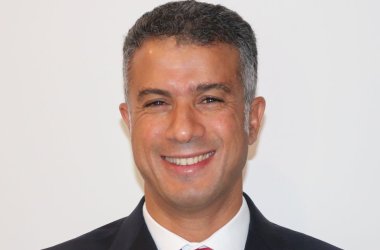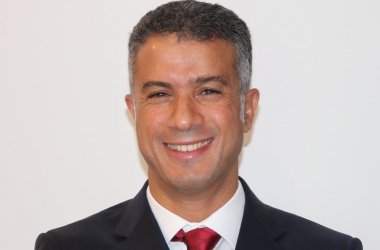
By Pete Hall, Regional Managing Director, Ciena Middle East
With the global cloud industry growing at an unprecedented pace, the Middle East and Africa are emerging as the next opportunity for cloud giants. And, while the leading US hyperscalers expand their footprint in the region, other players are hot on their heels. This wave of expansion and investment is bound to dramatically transform the cloud landscape, catapulting the Middle East and Africa into pivotal roles in the global digital scene.
The Middle East and African cloud boom
The region has witnessed a remarkable surge in data centre infrastructure development in recent years. Microsoft Azure, Google Cloud, and AWS have established a strong presence with data centres in various countries across the region, responding to the increasing demand for cloud services. Key content and cloud player such as Netflix, VMware and Oracle, have also invested in the region and provided cloud services in the Middle East for over five years now, using colocation facilities like Equinix. As reported by TeleGeography, this growth extends into wider Africa and is expected to continue. For example, South Africa, Nigeria, and parts of East Africa have been crucial focal points for hyperscalers. The African continent is experiencing a surge in cloud adoption, driven by factors such as increasing connectivity, digital transformation, and the need for advanced technology solutions.
Factors driving interest in the region
Several factors are driving interest in the Middle East and Africa cloud landscapes. Equity investment in the region has injected vital resources, supporting the expansion of cloud infrastructure and services. Physical infrastructure expansion is another key driver. The region has seen a surge in data centre construction over the past year, providing the necessary infrastructure to support the growing demand for cloud services. Yet another critical factor contributing to the appeal of the Middle East and African markets is population growth. The potential customer base is expanding rapidly, making these markets attractive for cloud providers looking to tap into a burgeoning user demographic.
Apart from these, there is a significant development in the region – liberalization and deregulation in the licensed service provider segment. This shift enables hyperscalers to purchase spectrum and fibre directly from service providers, departing from traditional managed bandwidth solutions. This new model allows hyperscalers to deploy their services profitably and scale them in real time, underlining its importance as a driving factor.
Ciena’s technology is largely behind the scenes, helping to support network providers and hyperscalers in today’s cloud era. With Ciena’s advanced software and programmable infrastructure, hyperscalers and network providers are well prepared to address the demands of the cloud. This is especially critical as hyperscalers are facing the challenge of meeting customer demand for cloud services closer to the edge. It is forecasted that 50% of hyperscaler cloud capex will occur at the edge in 2025, according to TBR.
The role of subsea cables
A critical component shaping the cloud battleground in the wider region is the substantial impact of new subsea cable systems. These cables serve as accelerators and catalysts for execution in this emerging cloud landscape. For example, the 2Africa subsea cable system, involves prominent players like Meta, and it is deeply embedded in the region’s connectivity infrastructure. Google’s involvement in the Equiano Cable system further underscores the commitment of tech giants to enhance the region’s connectivity.
Moreover, several upcoming subsea cable projects will further revolutionize the region’s digital landscape. SEA-ME-WE-6, slated to launch in Q1 2025, and IEX, expected in 2024, along with Raman and the Saudi Vision Cable in 2024/2025. The new cables are poised to unleash massive capacity for data transfer. These subsea cables will play a pivotal role in interconnecting the Middle East and Africa, cementing their position as critical enablers of the cloud ecosystem.
As cloud giants compete for dominance in these regions, the outcome will see the Middle East and Africa playing an increasingly vital role in shaping the future of connectivity and digital innovation on a global scale.





